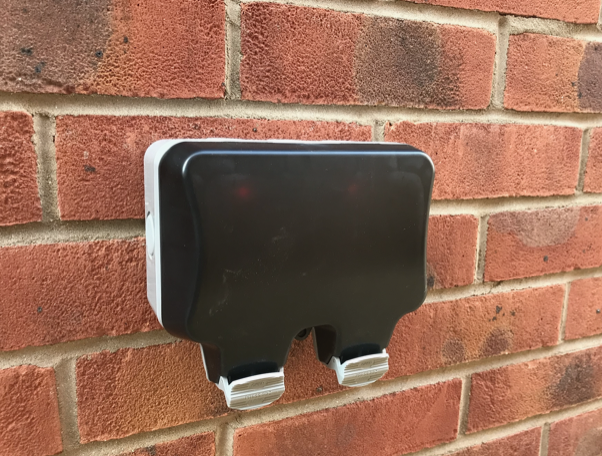Indeed they are. I suppose that, in most senses, it could be very 'inconvenient' if that were not the case. For example, my ('rural') supply quite often has 'power cuts' which last no more than a second or two, particularly if there is lightning in the area. If the RCDs in CUs were active, then things like fridges and freezers, IT equipment etc. which are meant to run continuously would not come back on, and that could be a problem if someone was not around to reset the RCD(s).I assumed, but didn't know, that rcd's in consumer units are "passive".
The small downside is, of course, that it equipment "that can do harm" if they burst back into like in a powercut is also used inside houses, plugged into ordinary (not active RCD sockets) (if one is concerned about that, one can use a plug-in active RCD adapter).
I'm not sure about all makes, but I have personally not come across an RCD socket (or plug-in RCD adapter) that was not active.I raised the question because the advice on this forum over the years has generally been to extoll the virtues of active rcd's in relation to equipment that could cause the user harm if it (the rcd) remained "on" after the initial loss of power was restored, and the equipment was re-started by the user or itself. That's certainly why I sourced the MK active rcd socket for my own use.
Kind Regards, John



